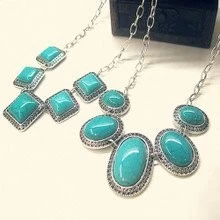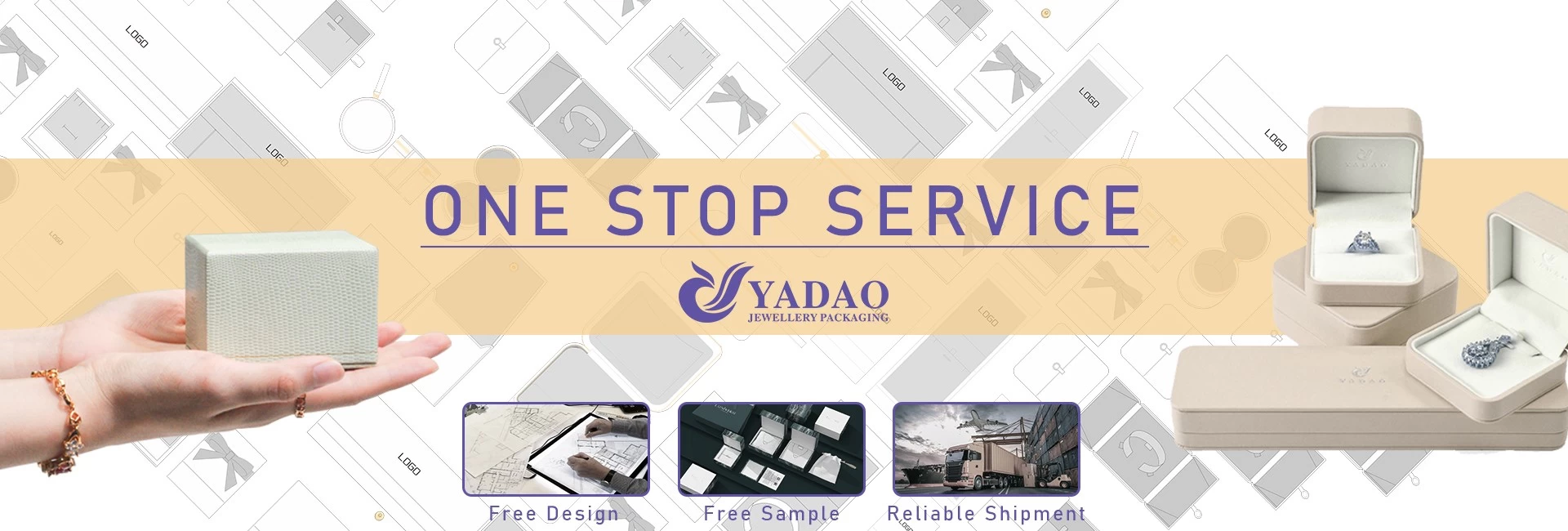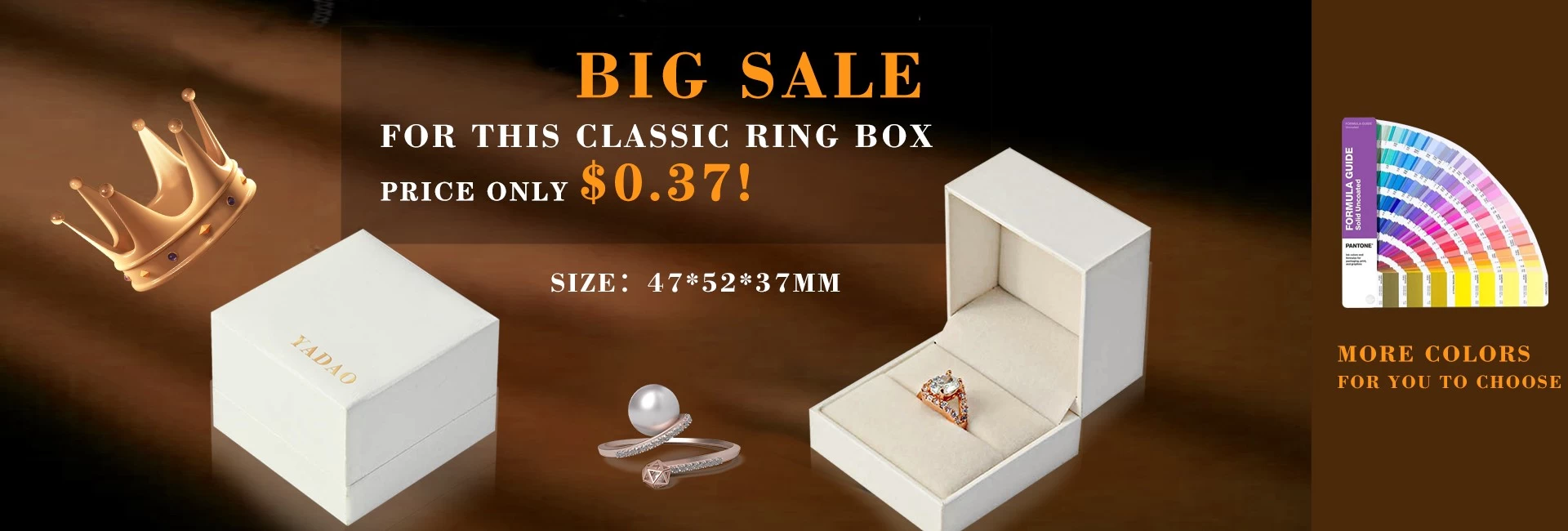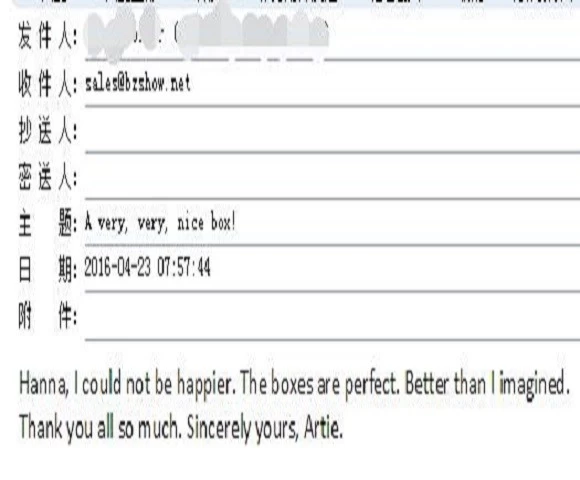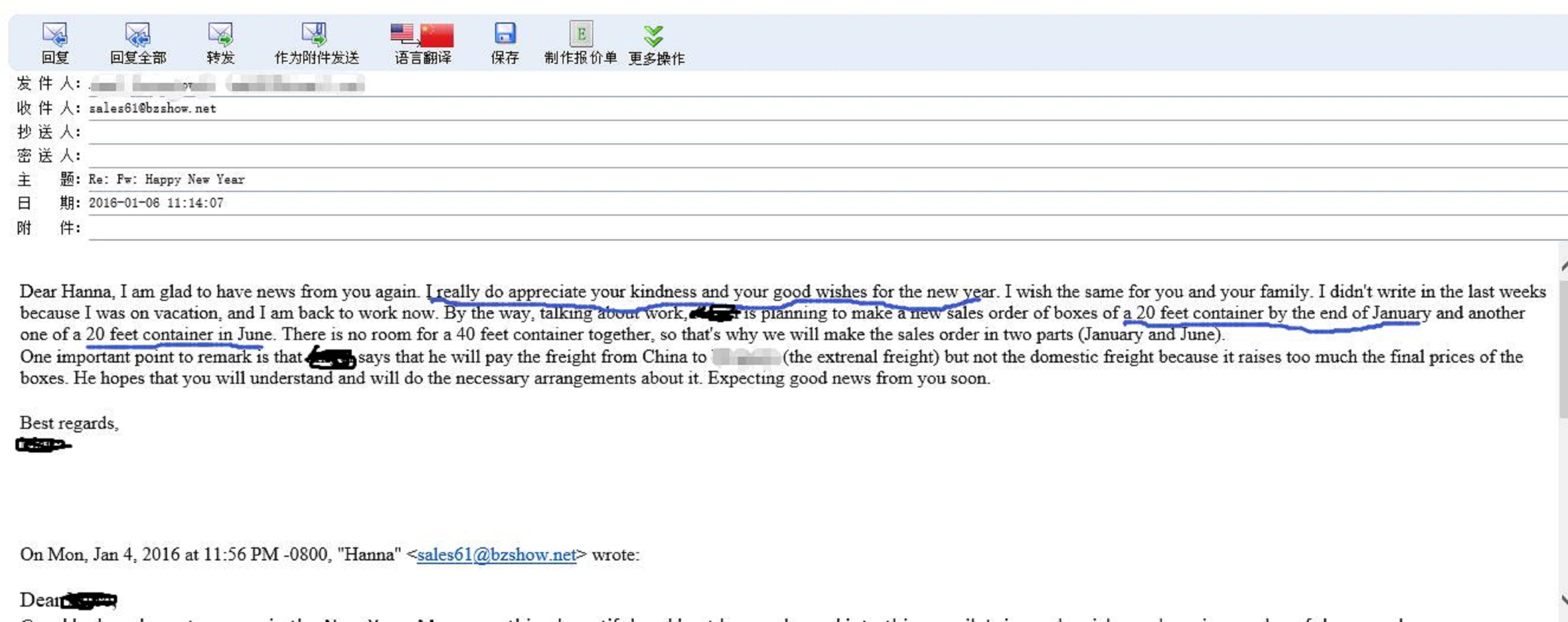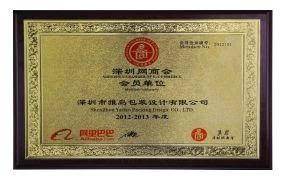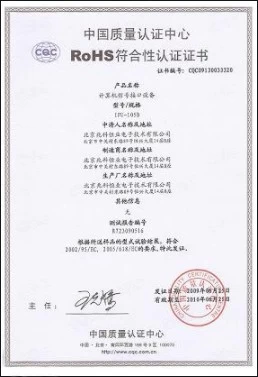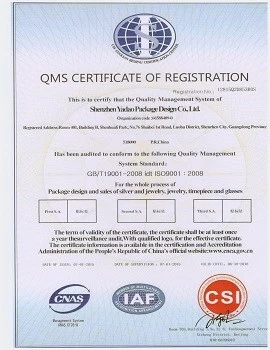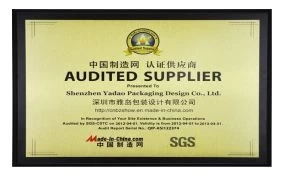Seven Tips to Judge Turquoise.
(1) imitation usually with a spiral-like color (vortex) and small bubbles, this time they are important features;
(2) The imitation base may be rough, rather than polished as much as most turquoise;
(3) imitation may have the same belt mold impression, or the surface of a small hemispherical groove, which is caused by the bubble burst,
(4) imitations usually have lower refractive values, although occasionally may be similar to the refractive index of turquoise;
(5) imitation of a bright feature is broken glass luster, and dense block of turquoise fracture for the oil luster. Turquoise and imitation of the fracture of the gloss is very obvious difference;
(6) imitation may contain impurity inclusions, used to imitate natural turquoise, but this impurities can even be washed away from the surface. The turquoise in the real impurities (wire), because the harder than the substrate or a little soft, so the surface may be raised or concave a little;
(7) The relative density of the imitations may be different from that of natural turquoise, and in particular, plastic imitations are usually relatively small in density and therefore easy to distinguish. It is worth noting that repeated testing should be avoided when testing the relative density of turquoise, since repeated use of the solution may cause turquoise with high porosity to discolor.
Some imitation can be identified by immersion in water, imitation will become dark blue, or soaked in alcohol will become soft.
